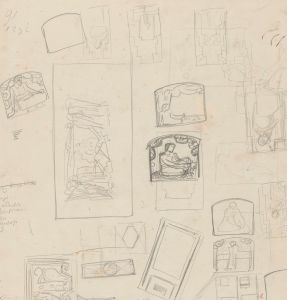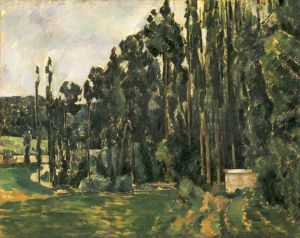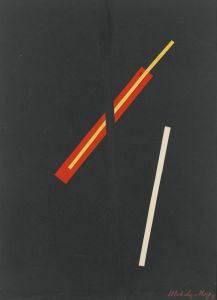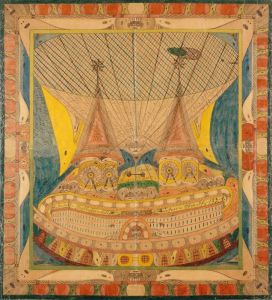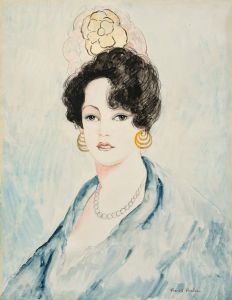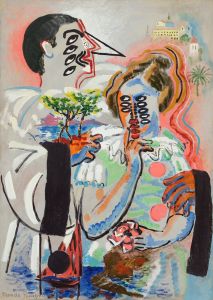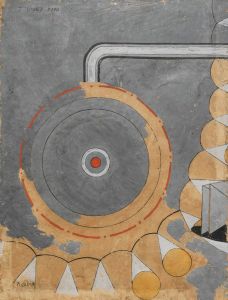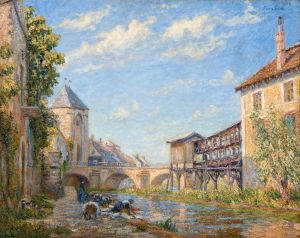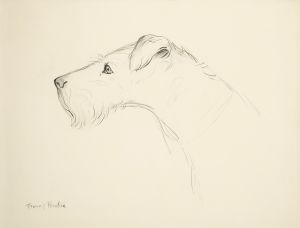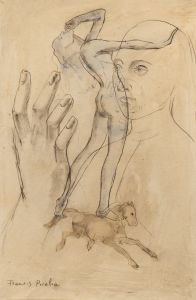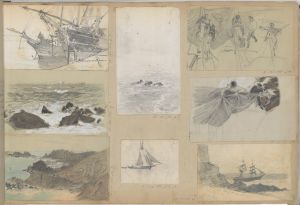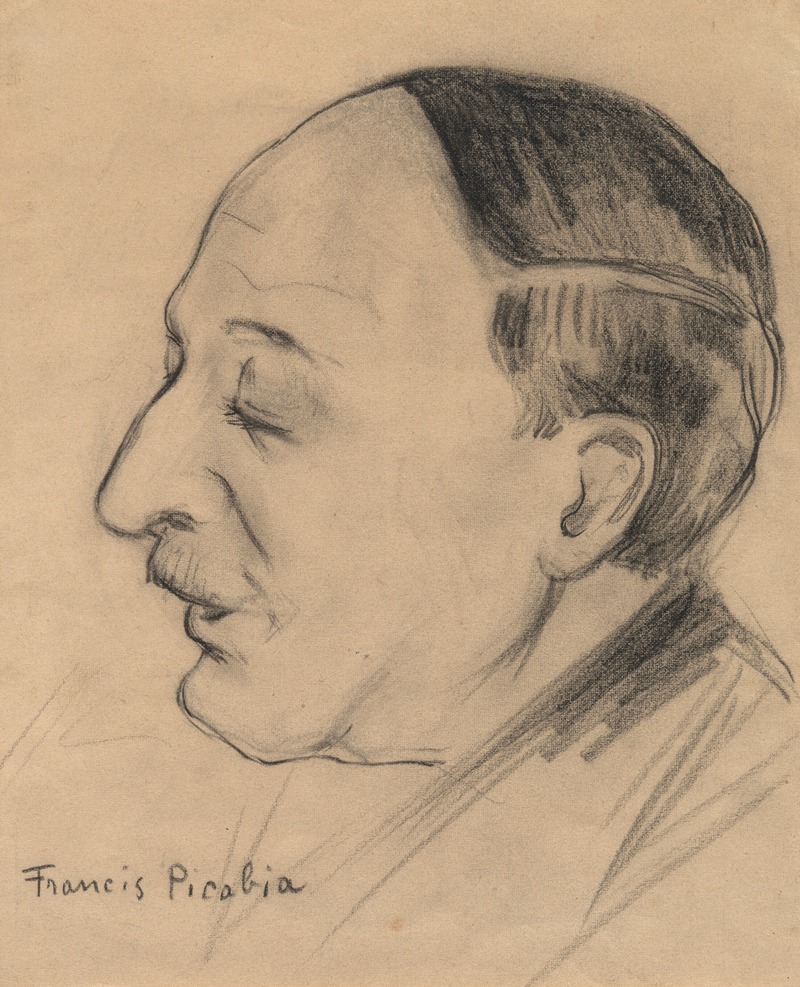
Sans titre
A hand-painted replica of Francis Picabia’s masterpiece Sans titre, meticulously crafted by professional artists to capture the true essence of the original. Each piece is created with museum-quality canvas and rare mineral pigments, carefully painted by experienced artists with delicate brushstrokes and rich, layered colors to perfectly recreate the texture of the original artwork. Unlike machine-printed reproductions, this hand-painted version brings the painting to life, infused with the artist’s emotions and skill in every stroke. Whether for personal collection or home decoration, it instantly elevates the artistic atmosphere of any space.
Francis Picabia was a French avant-garde painter, poet, and typographist, associated with both the Dada and Surrealist movements. Born in 1879, Picabia's work is known for its diversity and innovation, often challenging traditional artistic norms. One of his works, "Sans titre" (Untitled), reflects his experimental approach to art.
"Sans titre" is a piece that embodies Picabia's exploration of abstraction and his departure from conventional representation. While specific details about this particular work are scarce, it is consistent with Picabia's broader oeuvre, which often defied categorization and embraced a multiplicity of styles. Throughout his career, Picabia was known for his willingness to adopt and abandon artistic styles, moving from Impressionism to Cubism, and later to Dadaism and Surrealism.
During the Dada period, Picabia became a central figure in the movement, which emerged as a reaction to the horrors of World War I. Dada artists sought to reject the logic, reason, and aestheticism of modern capitalist society, instead embracing chaos and irrationality. Picabia's work during this time often featured mechanical and abstract forms, reflecting his interest in the intersection of art and technology. His Dadaist works were characterized by their playful and provocative nature, often incorporating text and unconventional materials.
"Sans titre" may reflect these Dadaist influences, as Picabia frequently used the concept of the "machine" as a metaphor for the dehumanization of society. His mechanical drawings, often devoid of clear meaning, were intended to challenge viewers' perceptions and provoke thought. Picabia's use of abstraction in "Sans titre" aligns with his broader artistic philosophy, which sought to break down the barriers between art and life.
In the later stages of his career, Picabia became associated with the Surrealist movement, which sought to unlock the creative potential of the unconscious mind. His work during this period often featured dreamlike imagery and explored themes of desire and eroticism. Although "Sans titre" is not explicitly linked to his Surrealist phase, the fluidity of Picabia's style means that elements of Surrealism could be present in the work.
Picabia's legacy is marked by his refusal to be confined to a single artistic identity. His work, including "Sans titre," is celebrated for its boldness and innovation, challenging traditional notions of what art could be. Picabia's influence can be seen in the work of later artists who similarly sought to push the boundaries of artistic expression.
While specific information about "Sans titre" is limited, the work can be appreciated within the context of Picabia's broader artistic journey. It serves as a testament to his commitment to experimentation and his belief in the transformative power of art. Picabia's contributions to the Dada and Surrealist movements have left an indelible mark on the history of modern art, and "Sans titre" remains a part of this rich legacy.






